Table of Contents
Basic commands and controls for rclone tool
Basic commands and controls for rclone tool
rclone help
Alternatively you can find rclone guide on the rclone websites. Below are described the selected commands to control buckets, directories and files.
Listing buckets and directories
Listing of the available profiles/connections.
rclone listremotes cesnet_s3_encrypted: cesnet_s3cl2: sftp_du4: sftp_du5:
Listing of buckets of the selected profile/connection.
rclone lsd cesnet_s3cl2: -1 2020-11-11 08:53:48 -1 111 -1 2022-07-28 10:03:20 -1 test
Listing the content of the selected bucket. Below we can see the content of the bucket. There is one folder named “test_data” and three files in it.
rclone ls cesnet_s3cl2:test 106996 test_data/DSC_0001.jpg 367329 test_data/DSC_0003.jpg 256805 test_data/DSC_0004.jpg
Creation of the bucket, copying, deletion...
Creation of the new bucket.
rclone mkdir cesnet_s3cl2:test-bucket
Deletion of the bucket.
rclone rmdir cesnet_s3cl2:test-bucket
Copying the files.
rclone mkdir cesnet_s3cl2:test-bucket/empty-directory 2022/08/24 12:18:36 NOTICE: S3 bucket test-bucket path empty-directory: Warning: running mkdir on a remote which can't have empty directories does nothing
The solution is to use a full path inside the bucket including a non-existing directory during copying. In case you type non-existing directory rlone will create it, see the example below.
rclone copy /home/user/test_file1.pdf cesnet_s3cl2:test-bucket/new-dir1/new-dir2/
Then we can check the files using ls command, where we can see that the folders have been created. Namely new-dir1 a new-dir2:
rclone ls cesnet_s3cl2:test-bucket 3955866 new-dir1/new-dir2/test_file1.pdf
File deletion.
To delete a particular file, we can use either command deletefile or the command delete to remove all files in the given path.
rclone deletefile cesnet_s3cl2:test-bucket/new-dir1/new-dir2/test_file1.pdf
Directory syncing
To sync the directories you can use the option sync. Synchronization is affecting the content only on the target side, no changes are performed on the source side.
Below is the exemplary command of rclone sync. The command contains recommended options which are described below.
rclone sync --dry-run --progress --fast-list /home/user/source-dir cesnet_s3cl2:test-bucket/
The command above contains several recommended options.
Option dry-run allows performing the dry-run sync with listing the potential changes.
--dry-run
Option progress allows seeing the continuous progress of the sync.
--progress
Option fast-list allows limiting the number of API requests. This option can enhance the transfer of larger datasets. It uses one request to read the information about 1000 objects and store it in the memory.
--fast-list
Option interactive allows interactively deciding which change (on the target data storage) we want to accept or reject.
--interactive
Data integrity checks
Rclone allows testing the integrity of transferred data.
rclone check --fast-list C:/Users/Alfred/source-for-sync/my-local-data cesnet_s3cl2:test-sync
The command checks the checksums on the source side as well as on the target side. For fast checks you can use the option size-only, where are checked only file sizes.
rclone check --fast-list --size-only C:/Users/Alfred/source-for-sync/my-local-data cesnet_s3cl2:test-sync
Additional information (for instance usage of external checksum file) to check the data integrity can be found on rclone websites.

